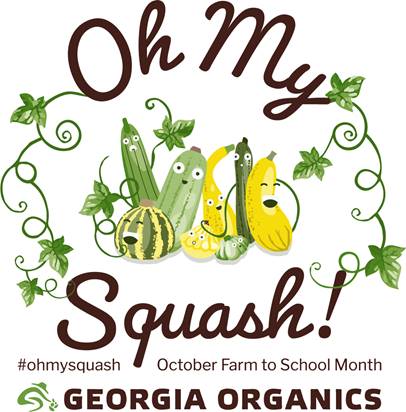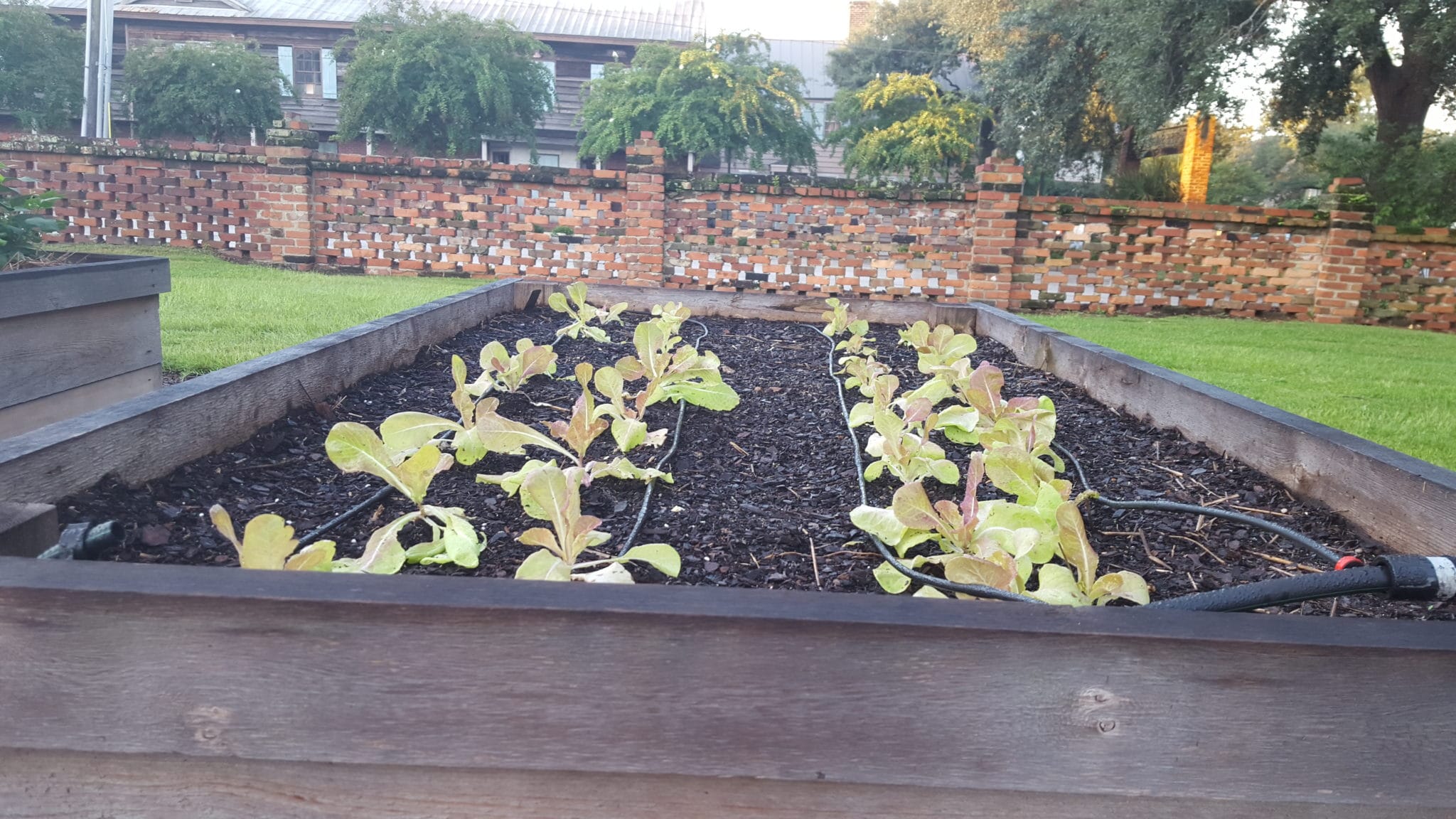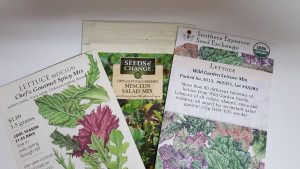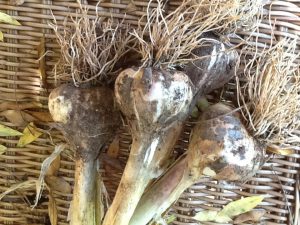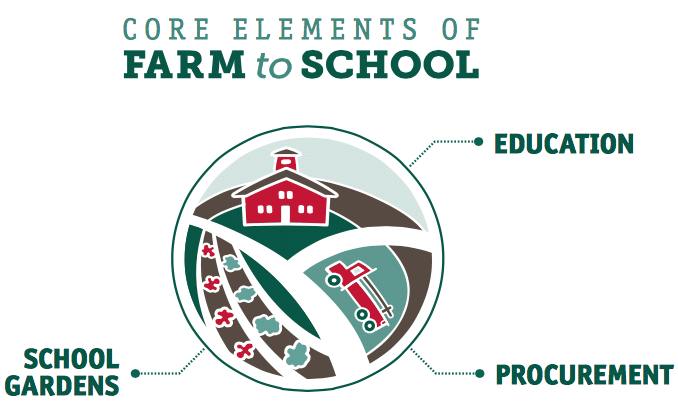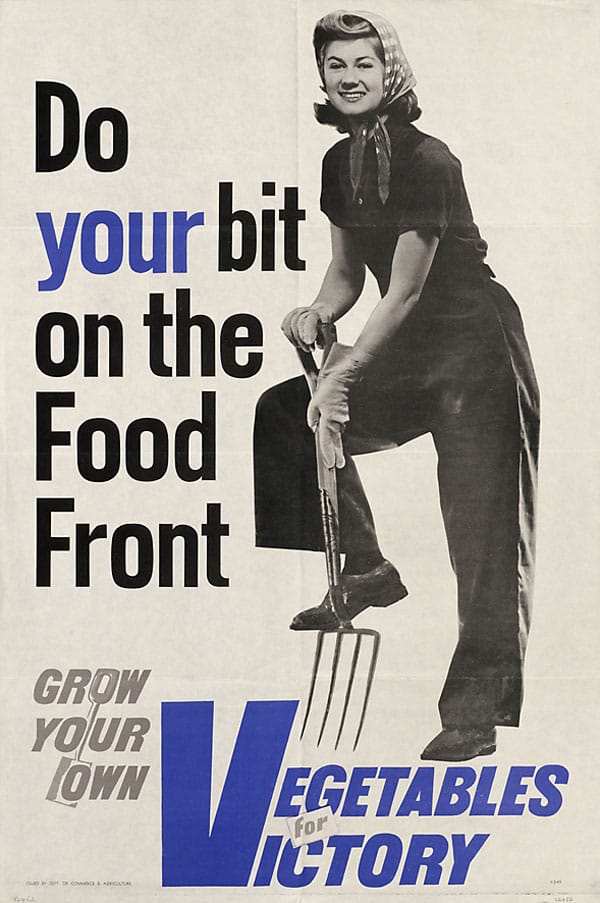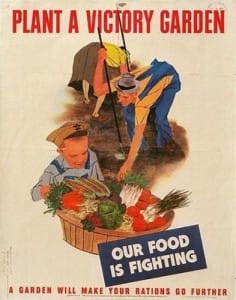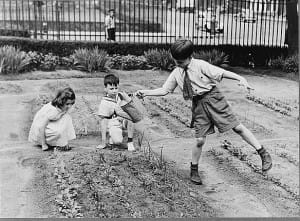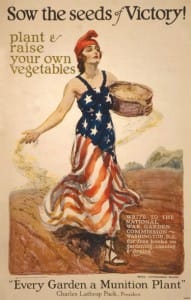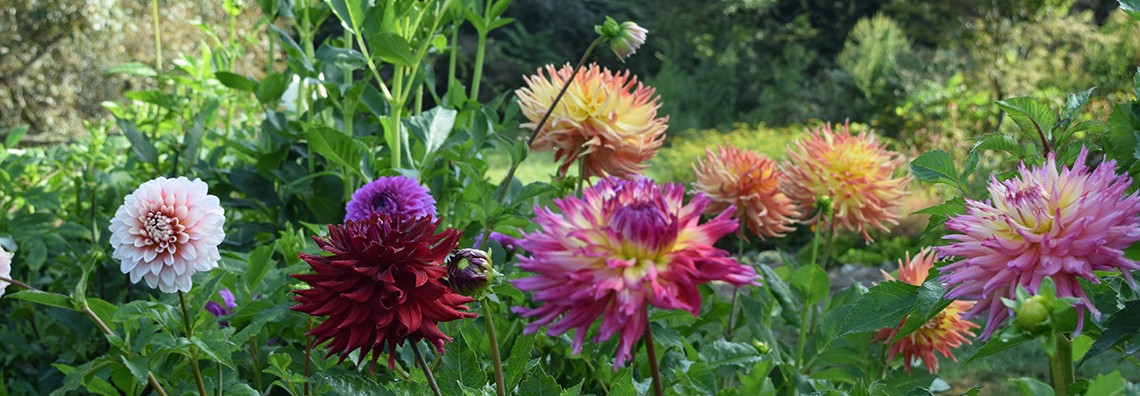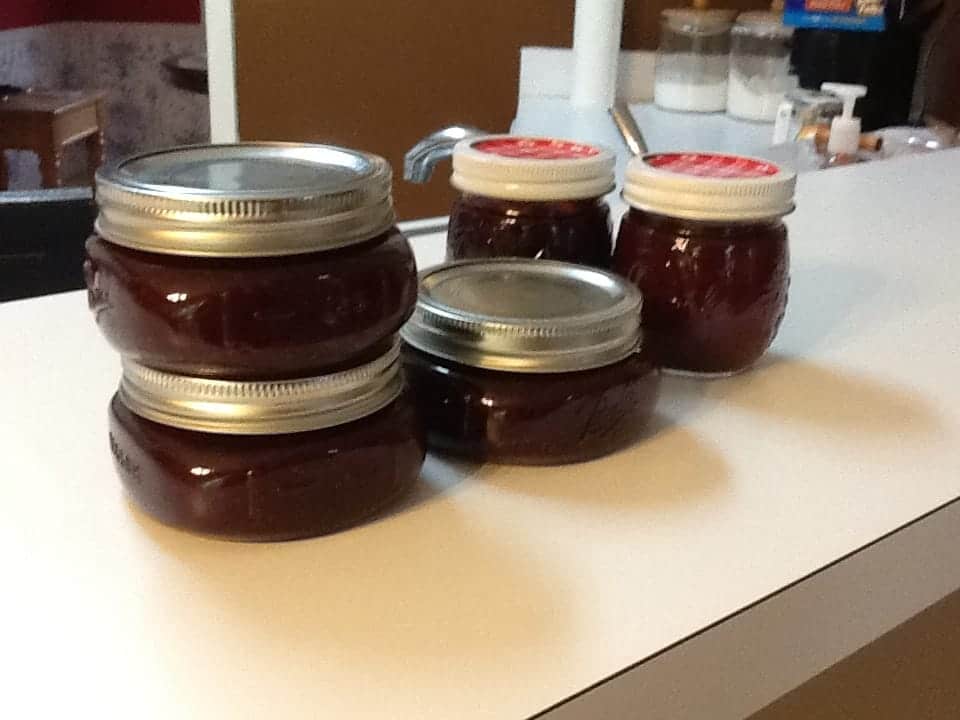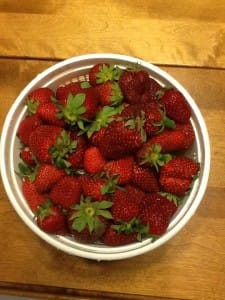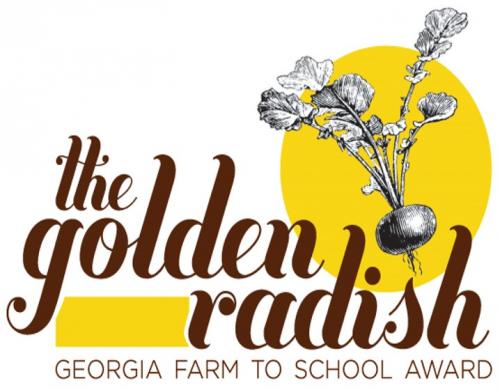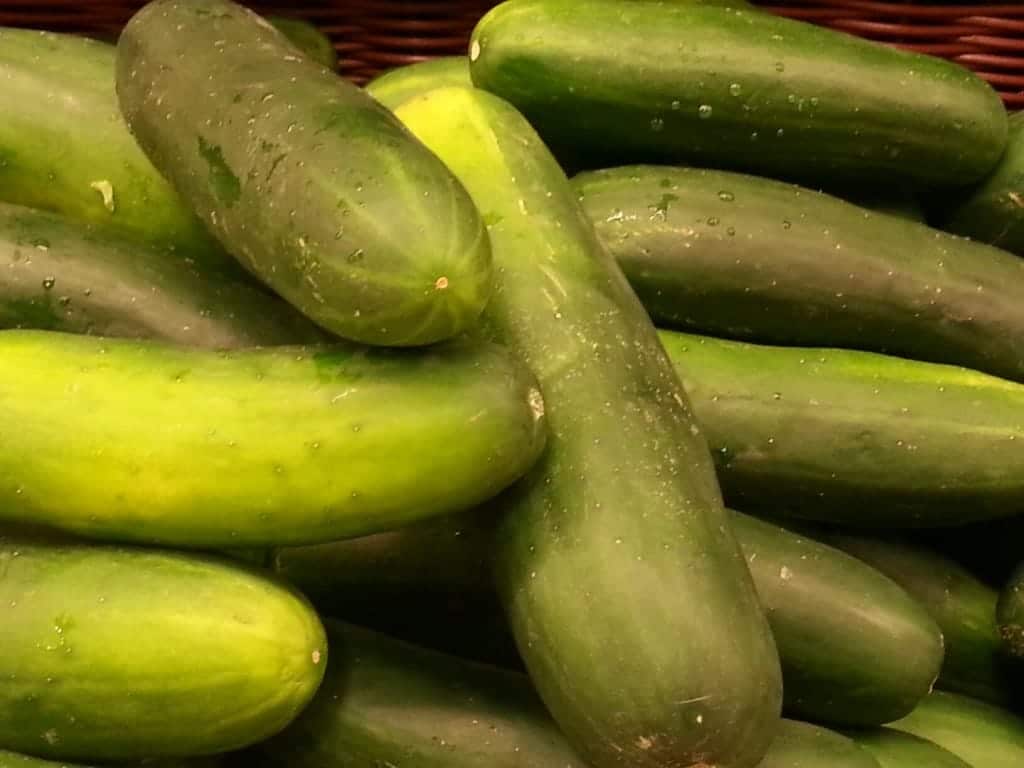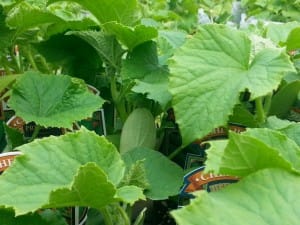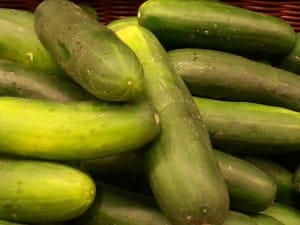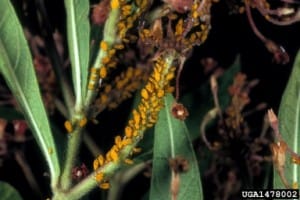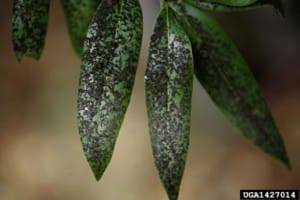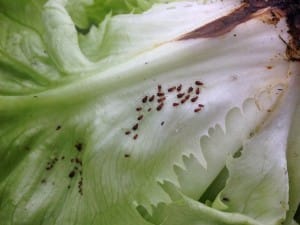October is Farm to School Month and schools and early care centers across Georgia are celebrating all things squash! Oh My Squash! is a state-wide celebration to get kids eating, growing and participating in squash-themed activities. UGA Cooperative Extension is a partner in the project and we are excited about the month! To participate in Oh My Squash at your school, early care center, or in your community, visit the webpage.
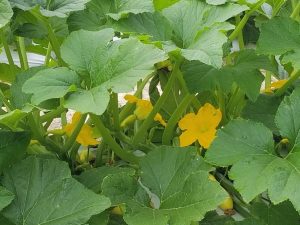
Participants will receive free electronic resources to help you plan and implement your activities. Resources include standards-based lesson plans, quick activities, recipes, videos, school garden planting and harvesting information, and more!
The first 300 people to sign-up will be mailed a free packet of squash seeds, washable squash tattoos, and a Georgia Planting and Harvest Calendar for school gardens. Share your Oh My Squash pictures and activities on social media with #ohmysquash.
Each week during October, anyone who uses this hashtag will be entered to win a gift card and at the end of the month, we will have a grand prize winner of a two day education pass to the Georgia Organics Conference on Feb. 7-8, 2020 in Athens (a $425 value)!
As you plan your Oh My Squash! activities use your local UGA Cooperative Extension office. They can assist with ideas on preparing squash taste tests for the classroom and advice on growing and harvesting the squash in your school garden.
Happy Gardening and Eating!
